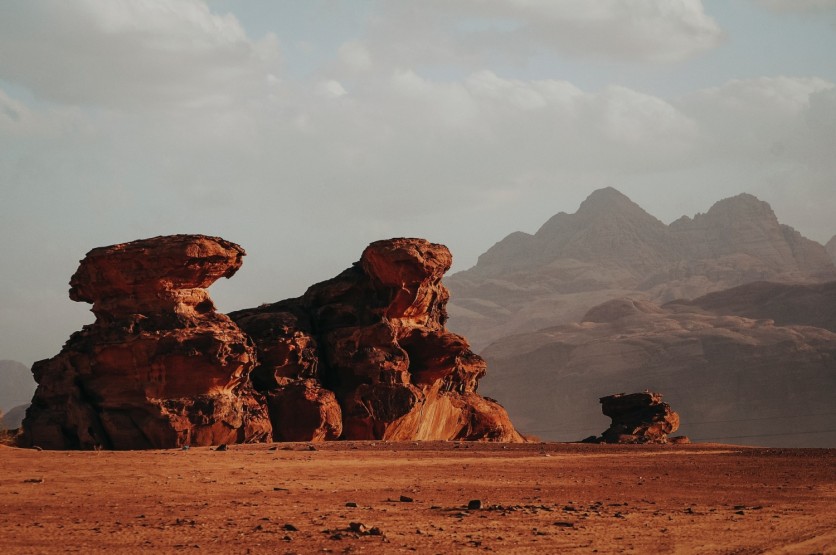When NASA started to launch the Martian rover to Earth's neighboring planet, scientists expected to see the biggest breakthroughs emerge in the field of science.
Perseverance, the star of the Mars 2020 mission, launched in July 2020 and touched down in February 2021, continues to explore this enigmatic world.
What has the rover discovered so far?
What is Perseverance Rover?

According to Ars Technica, Perseverance is equipped with a suite of scientific instruments, including various cameras for imaging and spectral analysis to identify minerals.
It also features an X-ray instrument and ground-penetrating radar to uncover hidden layers beneath the Martian surface. Moreover, it boasts a drill on its robotic arm, which serves both for cleaning and collecting rock samples.
Related Article : NASA's Perseverance Rover Captures Hilarious Avocado-Lookalike Rocks in Latest Photo from Mars
Beyond Rocks: Perseverance Explores With Ingenuity
Perseverance isn't solely focused on rocks. It also carries a weather module to monitor atmospheric conditions and dust in the Martian air. Additionally, it has a companion - the Ingenuity helicopter - which has exceeded expectations and continues to fly in short hops to keep up with the rover.
Apart from that, it has landed in the Jezero Crater, a carefully chosen location with rocks resembling a river delta. These rocks hint at a past where flowing water met a lake, making it an ideal environment to investigate Mars' water history and potential past life.
During its initial years on Mars, Perseverance focused on examining the crater floor. Initial expectations of sedimentary rock, indicative of a lakebed, gave way to the discovery of igneous basalt beneath layers of wind-blown dust.
While this might seem disappointing, it offers a unique opportunity to study intact igneous bedrock, a rarity on Mars.
Deciphering Rocks: The Máaz and Séítah Formations
The crater floor rocks have been categorized into two major layers - the Máaz and Séítah formations. The Máaz formation seems to have originated from lavas, with some areas displaying wrinkled textures akin to Hawaiian lavas.
In contrast, Séítah stands out with its thin layering and densely packed crystals, primarily dominated by olivine.
These rock layers hold clues about Mars' geological history. They could indicate the presence of a thick lava lake or a single, extensive volcanic flow.
Alternatively, they might represent separate volcanic events in a sequence. Determining the timeline and interrelationships of these rocks awaits further analysis.
Ancient State of Martian Surface
Despite their ancient age, these rocks also provide insights into how they've evolved over time, especially through interactions with water. While lake sediments are absent, some signs suggest past water interactions.
Minerals formed due to weathering, facilitated by water, have been observed, such as the transformation of magnesium and iron from olivine crystals into carbonate.
Exploring Martian Clues
In April 2022, the mission shifted to the Delta Front Campaign, investigating rocks above the crater floor. These rocks resemble river delta deposits, formed as sediment settled from flowing water.
The layers seen in photos mimic the characteristic pattern of river deltas, with distinct top set, foreset, and bottom set layers.
Understanding the delta's layers helps scientists piece together the Martian water story. Perseverance's findings promise to uncover not only the planet's geological history but also the possibility of past life in these potentially habitable conditions.
As the Perseverance rover continues to explore the Red Planet, each discovery brings us closer to unraveling the mysteries of Mars and its place in the cosmos.

![Apple Watch Series 10 [GPS 42mm]](https://d.techtimes.com/en/full/453899/apple-watch-series-10-gps-42mm.jpg?w=184&h=103&f=9fb3c2ea2db928c663d1d2eadbcb3e52)



